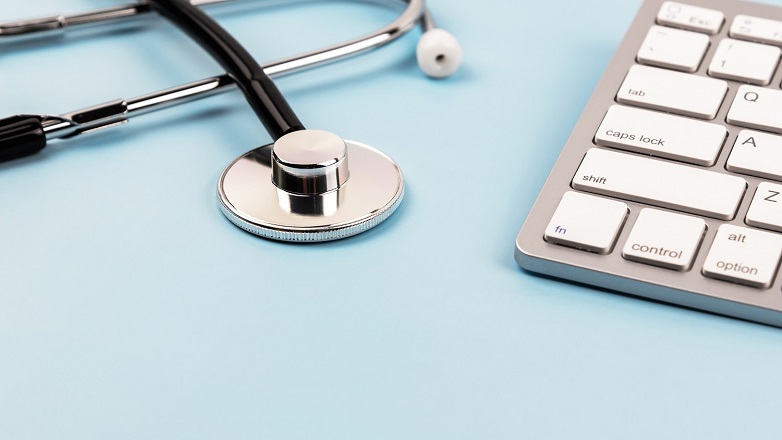A-G Sharpston considers Notified Bodies liable to patients for failure to fulfill their duties arising from EU product safety rules
In our newsletter of November 2015, we discussed ongoing litigation in Germany and France concerning the liability of Notified Bodies under the Medical Device Directive following the Poly Implant Prothèse ("PIP”) scandal which also reached the Court of Justice of the European Union (CJEU). This update discusses the most recent development in this saga: the Opinion of Advocate General Sharpston delivered 15 September 2016 in case C-219/15, the case through which the PIP Breast Implant scandal reached CJEU.
1. Background
In this case the Bundes Gerichtshof ("BGH"), a German court, referred a case concerning Notified Body liability to the CJEU.[1] The plaintiff had sued the German Notified Body TÜV Rheinland ("TÜV") for damages, as she had received (and later had removed) breast implants manufactured by the company PIP. These implants had contained industrial grade silicone instead of medical grade silicone, contrary to the product specifications which had been approved by TÜV, the Notified Body in charge of conducting the medical device conformity assessment.
In her claim before the German courts, the plaintiff alleged that TÜV did not comply with their obligations. She argued that if TÜV had adequately reviewed PIP’s business records and conducted unannounced audits and product tests, PIP’s misconduct could have been detected, and further placing on the market of these defective products prevented.
The action was unsuccessful before the lower German courts, after which the plaintiff brought an appeal on a point of law before the BGH. Since the BGH considered that there were uncertainties as to the interpretation of EU law at issue, it asked the CJEU to provide clarity on the following questions:
- Is it the objective and intention of the Medical Devices Directive 93/42/EEC that in case of Class III medical devices, Notified Bodies are also acting with the purpose of protecting potential patients so that the Notified Body can be liable towards patients when they negligently violate their obligations?
- Does Annex II of Directive 93/42/EEC require that that in case of Class III medical devices, Notified Bodies also have the – general or for-cause – obligation to test the respective product?
- Does Annex II of Directive 93/42/EEC require that in case of Class III medical devices, Notified Bodies also have the – general or for-cause – obligation to review the business records of the device manufacturer and/or carry out unannounced audits?
In other words, the reference seeks to clarify whether it is the purpose and intention of the Medical Device Directive that the Notified Body has direct and unlimited liability towards the patients concerned in the event of a culpable infringement of an obligation. The reference also seeks to clarify the extent of the Notified Body's obligations.
2. Liability of notified bodies in France and Germany – status quo?
As reported in our Medical Device Liability update of 17 November 2015, the Aix-en-Provence Court of Appeal had adopted in a similar case as to the German case subject to the current referral, a literal interpretation of the duties of Notified Bodies stating that there is no obligation to undertake unannounced on-site inspections. The facts of the case led to the conclusion that TÜV had performed its duties diligently and in compliance with the applicable regulations.
The Court of Appeal held that the PIP fraud would not have been detected by a Notified Body that had complied with its legal obligations under the law at the relevant time. The applicable law provided that a Notified Body was under an obligation to examine the technical file as submitted by the medical devices manufacturer, but not to carry out unannounced inspections. No element of PIP's technical file could have lead TUV to suspect that the relevant silicone gel had been replaced by a non-approved gel. This decision follows another decision of the Paris Civil Court dated 29 September 2014, which had also excluded TÜV's liability.
3. Opinion AG Sharpston
Notably, AG Sharpston seems to (at least partially) follow the restrictive interpretation of the French courts.
AG Sharpston notes that although the Medical Devices Directive imposes primary liability for the product's compliance on the manufacturer, it does not prevent this liability from being extended to other actors, including Notified Bodies. She bases her argument on previous case-law of the CJEU, in which the court had already recognized that national legislation may impose liability on importers for specific obligations arising from EU product safety rules[2].
She observes that, given the crucial role played by Notified Bodies in the procedure of placing medical devices on the market, those bodies should be capable of bearing liability under national law to patients and users for a culpable failure to fulfill their obligations, provided that the principles of equivalence and effectiveness are respected. Thus the first question referred to the CJEU[3] is answered in the affirmative.
As for the nature of duties incumbent on Notified Bodies, in relation to questions number 2 and 3 referred to the CJEU, AG Sharpston considers that a manufacturer can normally be assumed to be operating in accordance with its approved quality system and producing devices complaint with the product design, and that a notified body may proceed on that assumption. A notified body is therefore under no general obligation to inspect devices, examine the manufacturer's business records or carry out unannounced inspections.[4]
Nonetheless, if a Notified Body is put on notice that a device may be defective, it is under a duty to exercise the powers available to it under the Directive in order to determine whether its certification of that device may stand. In this context, it is up to the Notified Bodies to take all necessary steps according to the context in question, more specifically, having regard to their scientific expertise the bodies may choose how to act and what precise steps should be taken in such a situation, provided they exercise due care and diligence at all times[5]. The extent of that duty will need to be determined on a case-by-case basis and will be a matter for the national court to determine.[6]
4. Temporal effect of the Court's eventual ruling
Ireland had requested that if the Court holds that the referring court's questions should be answered in the affirmative, the temporal effects of the ruling should be ex nunc to the date of its judgment. AG Sharpston considered in this respect that the Medical Devices Directive should not be interpreted as imposing liability on a notified body as concerns a patient / use of a medical device where that potential liability arose before the date of the judgment, save and to the extent the liability in question may already be the subject of insurance cover taken out by the notified body concerned.
5. Impact of opinion
Even though the referral by the BGH only addresses the liability situation regarding Class III devices, the CJEU’s response may also apply to Class IIa, IIb and even certain Class I medical devices. It is hoped that the eventual ruling of the CJEU will provide certainty for both patients and Notified Bodies across the EU, so that any ambiguity as to when liability may or may not arise is minimised.
It will be interesting to see whether the CJEU finally agrees with the restrictive interpretation of the responsibilities of the Notified Bodies as set out by the lower German and the French courts, as well as partially confirmed by the AG Sharpston opinion. The CJEU will no doubt be aware of the increased concern for patient safety, the legislative changes that have been implemented since the PIP-scandal and the current discussions surrounding the new Medical Device legislation. Medical devices manufacturers, and in particular Notified Bodies, should closely monitor this emerging case law.
[1] See http://juris.bundesgerichtshof.de/cgi-bin/rechtsprechung/document.py?Gericht=bgh&Art=en&Datum=Aktuell&nr=70742&linked=pm.
[2] Judgement of 8 September 2005, Yonemoto, C-40/04, EU:C:2005:519.
[3] See paragraph 38-39, Opinion A-G Sharpston, Case C-219/15.
[4] See paragraph 51, Opinion A-G Sharpston, Case C-219/15.
[5] See paragraph 57, Opinion A-G Sharpston, Case C-219/15.
[6] See paragraph 59, Opinion A-G Sharpston, Case C-219/15.




